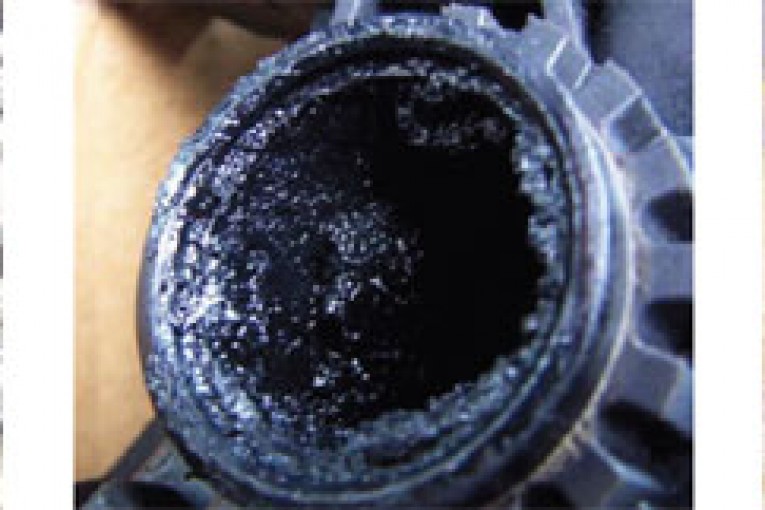
If you’re fitting a replacement turbo to the PSA 1.6 DV6 diesel engine used in Citroen, Peugeot, Ford, Suzuki and Mazda vehicles, BTN Turbo recommends that you follow the guidance in this article – it could save you a whole lot of time, trouble and money!
While the DV6 engine is a basically efficient design, it does rely on its lubrication system being in flawless condition. Any restriction to oil flow can dramatically shorten the turbo life.
As turbocharger experts for more than 40 years, BTN Turbo offers useful and up-to-date technical advice for technicians. It has, therefore, issued special instructions to follow when replacing the DV6’s turbo, which are included in the turbo box and available on the BTN website. You should read them before starting the job, but in the meantime here are some valuable hints and tips.

Talk to the customer
Ask what sort of journeys they usually take. If it’s mostly stop-start driving, then the DPF might not be regenerating fully. This can quickly degrade the oil, so advise them to have their oil and filter changed, and engine flushed, before the recommended service intervals. Spending a little more on servicing is cheaper than a turbo!
Assess its service history
Poor servicing or skipping recommended services means the oil is more likely to be degraded, putting the turbo at risk. The wrong grade of oil; not following the exact requirements for oil changes; exhaust gas or fuel contaminating the oil due to loose sealing washers or supply pipe nuts – they’re all potential turbo killers.
Flush for success
The DV6 needs at least two oil flushing cycles to remove contaminants that could block the system. The first cycle may just soften the deposits, allowing them to work loose later.
Check the drained oil for cleanliness and measure the oil pressure with a gauge in the turbo supply line. It should be at least 1.3 bar at cranking speed, with the fuel injectors and turbo actuator vacuum pipe disconnected.
Also check for variations between oil pressure at the filter inlet and in the turbo supply line. With the injectors reconnected, run the engine for five minutes and watch the two readings. If the oil pressure at the turbo isn’t within ± 0.4 bar of the filter inlet, you’ll need to investigate and remedy the problem.
Then check the oil pressure again with the engine warm. It should range from 1.2 bar @ 1,000rpm to 2.9 @ 4,000rpm.
If in doubt, chuck it out
If a component might harbour deposits that could find their way back into the system, clean it. If in doubt, replace it. This includes the dipstick (if it’s the yellow plastic version), the oil supply connector and sealing washers, and the oil supply and return pipes.
BTN Turbo now supplies oil pipes for several turbo installations, including the DV6 turbo. Make sure you order the pipes with the replacement turbo; failing to fit them could invalidate BTN’s two year warranty.
Other parts that should be changed include the oil pick-up pipe strainer, air filter, and the valve cover breathers. And of course you’ll need fresh oil, an oil filter and engine flushing additive each time you flush.









